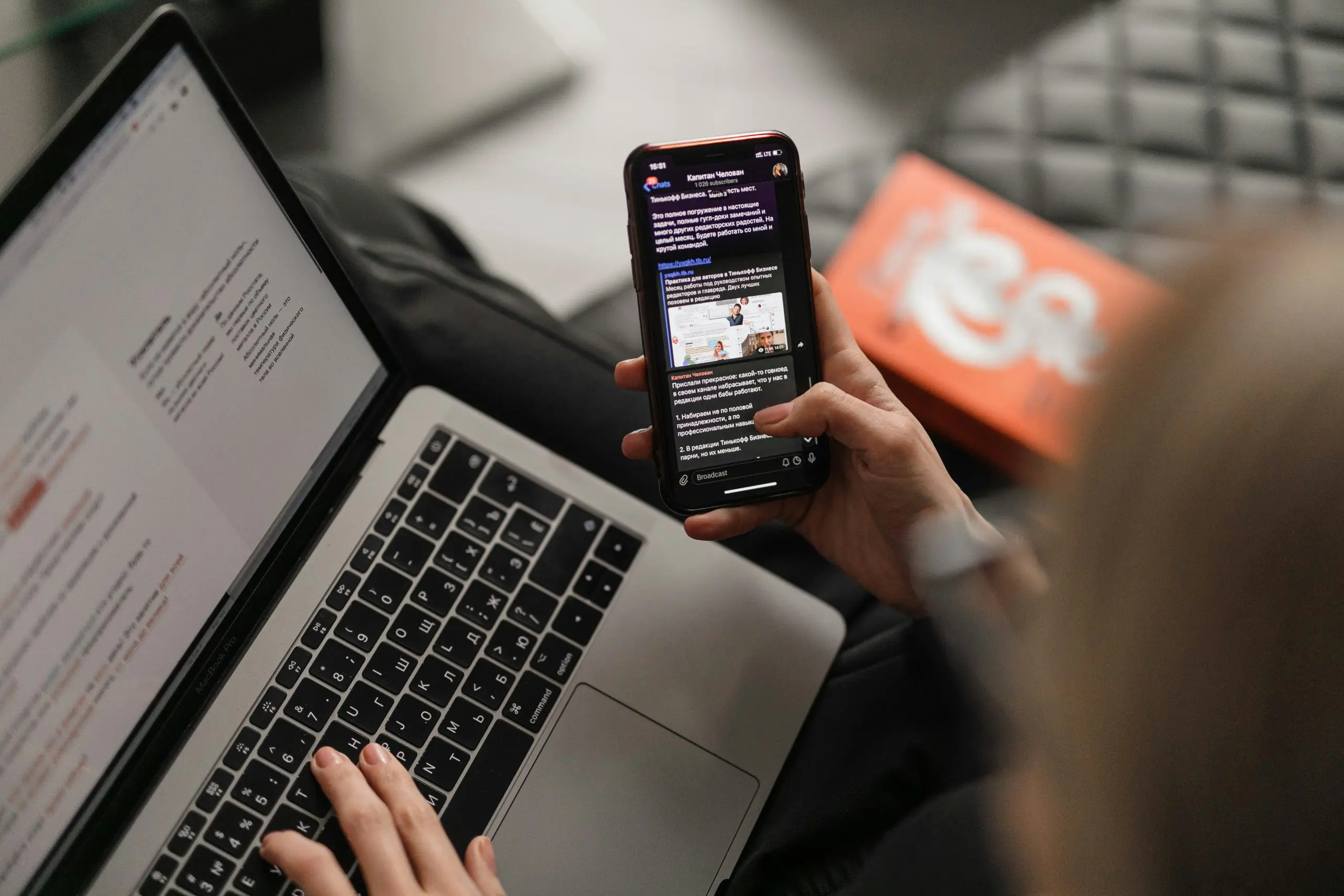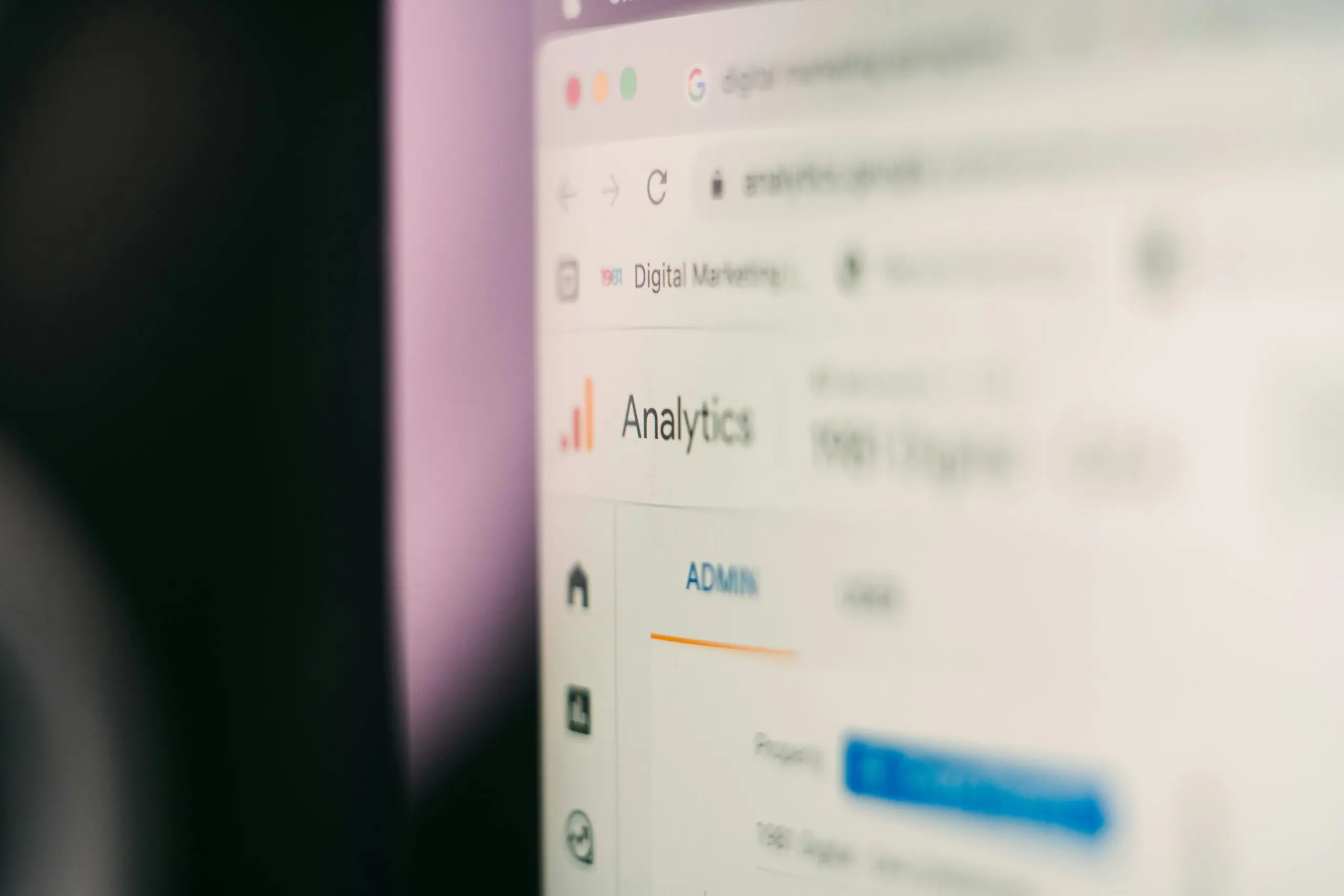A recent policy change from Reach PLC announcing that they are clamping down on linking in articles sent shivers down the spines of Digital PR professionals across the UK. On the face of it, you can see why this would cause panic; Reach owns over 120 media titles, including The Mirror, The Express, The Star and many regional outlets across the country.
These titles have been go-tos for PRs for decades, forming the spine of most media lists for all kinds of campaigns. And for a good reason – they nearly always provide a link, the majority have high DA scores and often, huge circulation figures. Not to mention the potential for syndication across all Reach titles, which significantly increases your link numbers.

What This Means for Media Relationships
The shift in outbound linking policies, particularly from major publishers like Reach PLC, means that Digital PR professionals need to rethink how they engage with journalists and media outlets. Traditionally, the relationship between PRs and journalists has been transactional – PRs provide compelling stories, and in return, they often receive brand mentions and backlinks. However, as linking becomes more selective, PRs must approach these relationships with a renewed focus on value rather than expectation.
Now more than ever, journalists need content that serves their readers first. This means PR professionals must prioritise quality over quantity when pitching stories. Instead of just providing generic press releases, PRs should focus on supplying unique data, expert insights, or multimedia assets that enhance an article’s credibility and usefulness. If a link genuinely adds value – such as leading readers to an interactive tool, in-depth research, or an authoritative resource – it has a higher chance of being included.
Building long-term, trust-based relationships with journalists will be crucial. PRs who consistently provide well-researched, relevant, and engaging content will be more likely to earn media placements, even if links aren’t always guaranteed. Personalisation in outreach, understanding a journalist’s beat, and following up with helpful information rather than just requesting links will go a long way in maintaining strong media connections.
In this new landscape, PRs need to think beyond links and recognise the broader value of media coverage. Brand visibility, thought leadership, and audience engagement should be just as important as SEO metrics. By adapting their approach and focusing on genuine collaboration with journalists, PR professionals can continue to secure meaningful media coverage – even in a world where links are harder to come by.

The Changing Landscape of Digital PR and SEO
The relationship between Digital PR and SEO has always been dynamic, but recent changes – like Reach PLC’s clampdown on outbound links – highlight an ongoing shift in how publishers approach linking. For years, securing backlinks from high-authority media sites was a key goal for PR professionals, providing both SEO benefits and increased brand visibility. However, as more publishers tighten their editorial policies around outbound links, Digital PR teams must rethink their strategies.
One of the biggest challenges is that media outlets are becoming more cautious about linking out due to concerns over SEO equity and potential penalties from search engines. Some publishers fear that excessive linking could dilute their own authority or be perceived as manipulative by Google’s algorithm. This means PR professionals need to move beyond relying solely on traditional link-building tactics and focus on offering real value – both to journalists and their audiences.
Brand mentions, even without a direct link, still contribute to a site’s overall authority in the eyes of search engines. While links remain important, digital PR teams should also prioritise high-quality content, thought leadership, and brand visibility across multiple media platforms.
Ultimately, the changing landscape of Digital PR and SEO calls for a more strategic and adaptable approach. Building strong relationships with journalists, creating genuinely link-worthy assets, and leveraging brand mentions as ranking signals will be crucial for PR success in the years ahead.

The Value of Brand Mentions
While brand mentions do not add as much SEO value as backlinks, it has been proven for some time that Google recognises them as ranking signals. In fact, a Google-registered patent from 2014 confirms this, studying the amount of brand mentions a site had and noting the correlation between that and SEO performance.
Even still, most agencies offering Digital PR will only report on the number of links a campaign has gained and completely ignore brand mentions. What they should be doing instead is making their clients aware that brand mentions hold value in the eyes of Google and including them in any results when reporting.
Beyond SEO, brand mentions contribute to broader marketing objectives, including enhancing brand awareness, credibility, and consumer trust. A strong brand presence across authoritative media outlets can drive referral traffic, social media engagement, and potential conversions, even without a backlink. This is why Digital PR professionals need to track and report brand mentions as a KPI alongside traditional link metrics.
Moreover, frequent brand mentions on high-quality sites can enhance a brand’s perceived credibility. By securing coverage in respected industry publications, national news outlets, and niche blogs, businesses can establish themselves as thought leaders within their sector. This, in turn, can lead to more organic media opportunities and further reinforce the brand’s reputation.
PR teams should also consider the longevity of brand mentions. Unlike links, which can be removed or no-followed, brand mentions remain an enduring signal of authority. A well-placed mention in a high-profile publication can continue to drive brand recognition and audience trust long after the initial coverage.

Diversifying Your Link Profile
Thinking beyond gaining links from traditional media outlets should already be part of any Digital PR strategy, but there will be an increased importance put upon it if major publishers continue to enforce strict linking policies. Things like alumni profiles, evergreen content, blog directories and other alternative methods of link building are all still fruitful endeavours.
A diversified link profile is crucial for long-term SEO success. Relying solely on media links leaves a brand vulnerable to shifting editorial policies, such as Reach PLC’s recent clampdown. Instead, PRs and SEO professionals should explore a wide range of link acquisition strategies to ensure consistent growth in domain authority and organic visibility.
Creating evergreen content is a powerful way to secure links over time. High-quality resources such as whitepapers, comprehensive guides, original research, and interactive tools have lasting value and can attract backlinks organically. When content is regularly updated and remains relevant, it continues to be a valuable asset for both users and search engines.
In addition, Digital PR professionals should focus on securing links from niche blogs, podcasts, and social media platforms. While these sources may not always carry the same domain authority as national news sites, they offer targeted engagement with specific audience segments. Thought leadership opportunities, such as guest appearances on industry podcasts or contributions to LinkedIn newsletters, can help brands build credibility and authority within their niche.
Ultimately, adapting to the evolving digital landscape means being proactive and flexible in link-building efforts. By incorporating a variety of link sources, prioritising brand mentions, and strengthening relationships with journalists and industry partners, Digital PR teams can continue to drive meaningful SEO and brand growth despite increasing restrictions on outbound links.
 What’s The Harm in Linking? A Message to Reach PLC
What’s The Harm in Linking? A Message to Reach PLC
With the rise in outbound linking restrictions among major media outlets, a fair question arises: What’s the harm in linking? For news publishers, the hesitation often stems from concerns about losing SEO equity, diminishing user experience, or inadvertently promoting low-quality content. However, when applied judiciously, linking out to reputable sources can offer more benefits than drawbacks.
From a reader’s perspective, outbound links provide context, verification, and additional information that enhances the overall quality and trustworthiness of an article. When a journalist references a study, a report, or a campaign, linking to the original source gives readers the opportunity to explore the topic in greater depth. This practice not only adds transparency but also boosts the credibility of the publication. Again, it comes back to giving the journalist a reason to link – providing useful insights or unique data. Basically, make your linkable asset as linkable as possible.
For publishers, linking to authoritative sources can contribute to their own SEO by demonstrating relevance, topical authority, and content depth – factors that search engines like Google reward. When links are contextually relevant and add genuine value to the article, they are unlikely to harm a site’s rankings. In fact, Google’s guidelines encourage outbound linking when it benefits the user experience.
That said, there are some valid concerns. Linking to spammy or low-quality sites can reflect poorly on a publication and potentially impact SEO performance. Similarly, excessive linking within an article may distract readers or reduce on-site engagement metrics. To mitigate these risks, editorial teams must apply rigorous quality control and only link to trustworthy, relevant sources.
Ultimately, the harm in linking lies not in the act itself, but in how it’s done. When outbound links are used responsibly and strategically, they can enhance the reader experience, support SEO, and maintain journalistic integrity. Instead of blanket policies against linking, publishers might benefit more from refining their editorial standards and clearly defining what constitutes a valuable link.
In Summary
While the changing landscape of the SEO and DPR world may now mean it becomes harder to gain high-quality backlinks to a site, PR professionals must rise to the challenge and up their game when it comes to building links.
Crafting linkable assets that add as much value as possible, exploring alternative methods for link building, and curating hyper-targeted media lists/ pitch emails will, more often than not, bring success. Even if that success comes in the form of brand mentions, PR’s should give their clients full context on why these still hold value in the eyes of Google.
Time will tell how strict this new remit is, and we may even see the policy become more relaxed eventually. But for now, making sure you create campaigns that add value and insight should be of the utmost importance.